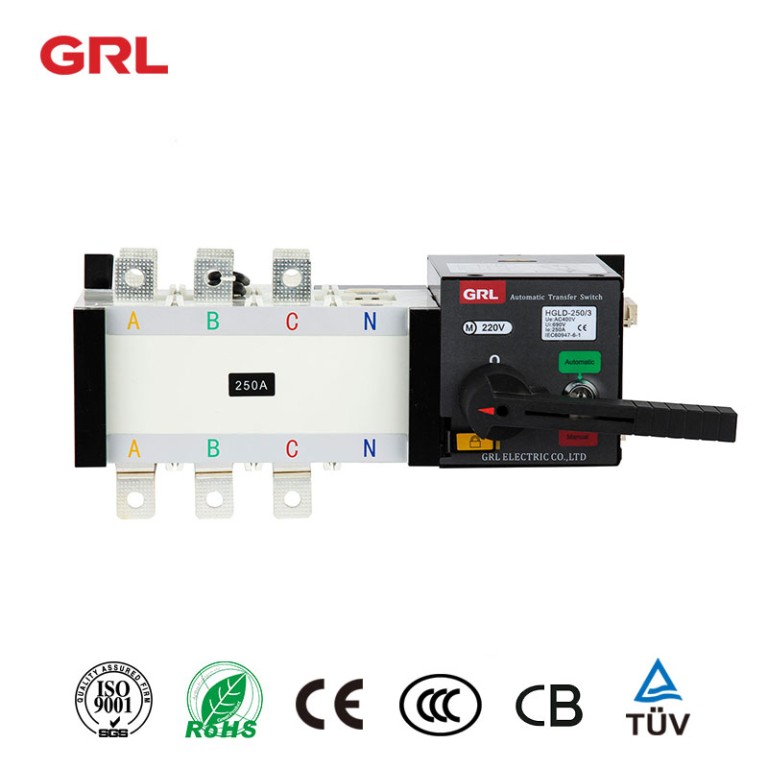
# Automatic Transfer Switch for Uninterrupted Power Supply
## What is an Automatic Transfer Switch?
An Automatic Transfer Switch (ATS) is a critical component in power management systems that ensures uninterrupted power supply by automatically switching between primary and backup power sources. This device is commonly used in residential, commercial, and industrial settings where continuous power is essential.
## How Does an ATS Work?
The ATS continuously monitors the primary power source (typically the utility grid). When it detects a power failure or significant voltage fluctuation, it automatically transfers the electrical load to the backup power source (usually a generator) within seconds. Once the primary power is restored, the ATS switches back to the main source and turns off the backup system.
### Key Components of an ATS:
– Power sensing circuitry
– Control logic system
– Switching mechanism
– Safety interlocks
– User interface panel
## Benefits of Using an Automatic Transfer Switch
Implementing an ATS in your power system offers numerous advantages:
– Seamless power transition during outages
– Protection against power fluctuations
– Reduced downtime for critical operations
– Automatic operation requires no human intervention
– Enhanced safety by preventing backfeeding
– Extended equipment lifespan
## Types of Automatic Transfer Switches
There are several types of ATS units available, each designed for specific applications:
### 1. Open Transition ATS
This type breaks contact with one power source before making contact with the other, creating a brief interruption.
### 2. Closed Transition ATS
Also known as “make-before-break,” this type momentarily connects both sources during transfer to eliminate power interruption.
### 3. Soft Loading Transfer Switch
Gradually transfers load between sources to minimize mechanical stress on equipment.
### 4. Bypass Isolation ATS
Allows for maintenance without disrupting power to connected loads.
## Choosing the Right ATS for Your Needs
When selecting an Automatic Transfer Switch, consider these factors:
– Total electrical load requirements
– Number of phases (single or three-phase)
– Transfer time specifications
– Environmental conditions
– Compliance with local electrical codes
– Future expansion possibilities
## Installation and Maintenance Considerations
Proper installation and regular maintenance are crucial for optimal ATS performance:
– Always have installation performed by qualified electricians
Keyword: Automatic Transfer Switch
– Follow manufacturer’s guidelines for placement and clearances
– Schedule regular testing of the transfer mechanism
– Keep contacts clean and properly lubricated
– Monitor for signs of wear or overheating
– Maintain proper documentation of all maintenance activities
## Applications of Automatic Transfer Switches
ATS units are used in various settings where power continuity is critical:
– Hospitals and healthcare facilities
– Data centers and server rooms
– Telecommunications infrastructure
– Industrial manufacturing plants
– Commercial buildings
– Residential homes with backup generators
– Emergency response centers
## The Future of Automatic Transfer Switches
As power demands grow and technology advances, ATS systems are becoming more sophisticated with features like:
– Remote monitoring capabilities
– Integration with smart grid systems
– Advanced diagnostics and predictive maintenance
– Energy management system compatibility
– Smaller, more efficient designs
By investing in a quality Automatic Transfer Switch, you ensure that your operations remain powered during outages, protecting both your equipment and your productivity. Whether for home, business, or industrial use, an ATS provides peace of mind and operational continuity when you need it most.
